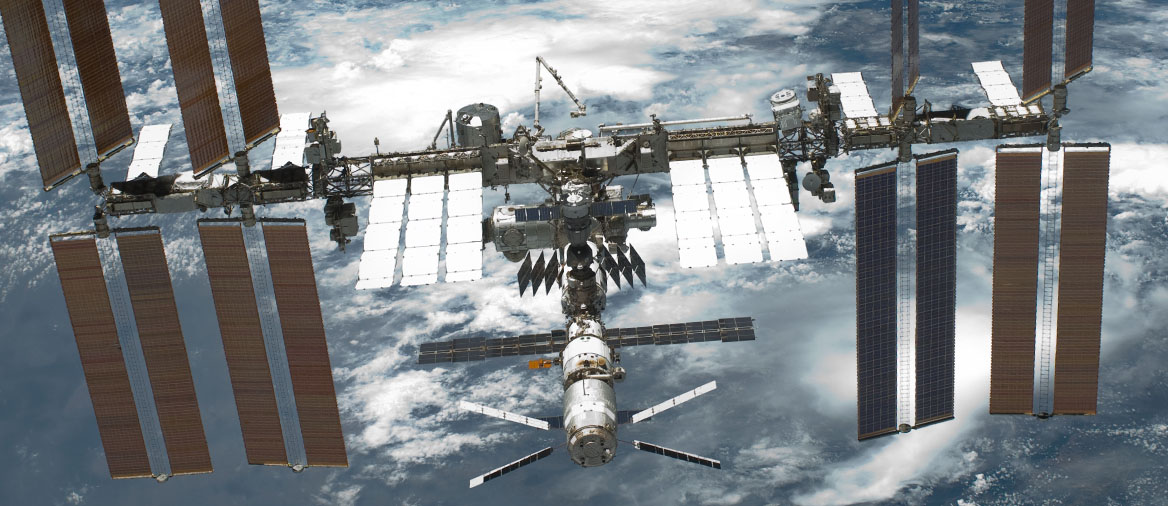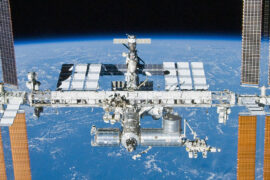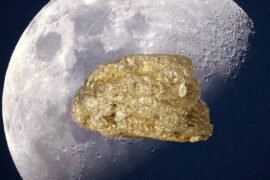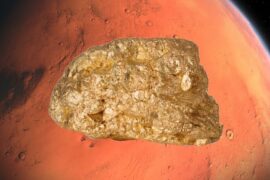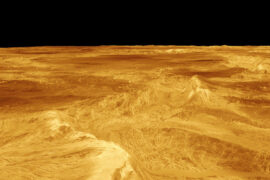The International Space Station (ISS) is one of the best examples of international cooperation for the sake of common benefit. It is a floating space station that has been orbiting Earth at approximately 422 kilometers (227 miles) for more than 24 years.
It was launched on November 20, 1998, as a joint scientific effort by five different space agencies and their respective countries and continents (USA, Russia, Japan, Europe, and Canada). No single country owns the International Space Station. Instead, the treaties and agreements establish a joint ownership that requires some complex management but also incentivizes international collaboration.
In this article, we’ll learn more about the purpose of the International Space Station and its role in the development of technology and science that has applications in both space and Earth.
Historical background
The idea of a permanent (or semi-permanent) orbital space station was first proposed by one of the earliest rocket scientists, the Soviet Konstantin Tsiolkovsky in the early 1900s. Both scientists and science-fiction authors played around with the idea for decades.
During the space race of the 1960s and 1970s which led to the moon landing by the Apollo landing, the idea of a collaborative space station between the US and the Soviet Union began to take shape. A project to launch a laboratory called Skylab B was considered. The Skylab would be able to receive missions from both the Apollo and Soyuz programs. Ultimately, the project was scrapped due to the Cold War.
It took almost 3 decades and the separation of the Soviet Union for the project of the International Space Station to come to fruition. The European Space Agency (ESA), Japan’s Exploration Agency (JAXA), and the Canada Space Agency (CSA) also joined forces with NASA and Russia’s Roscosmos.
The first module of the ISS, Zarya, was launched into space in 1998, and it was followed by numerous other modules, each contributing to the station’s growth. The assembly of the ISS was a marvel of engineering and cooperation, as it required intricate coordination between multiple space agencies and countries. It became a symbol of what humanity could achieve when united by common goals, transcending political differences and Cold War tensions.
The objective of the International Space Station
The purpose of the International Space Station is to have an orbital laboratory that can help in the study of multiple fields from biology to astronomy and perform experiments and research that can only be done in microgravity or beyond Earth’s atmosphere.
The list of areas the International Space Station seeks to help in is huge, but here are some of the most important ones.
- Microgravity laboratory – The ISS provides a unique environment for conducting experiments in microgravity. Researchers from various disciplines use the ISS to study the effects of weightlessness on living organisms, materials, and physical processes. These are conditions that no laboratory on Earth could replicate.
- Medical research – The ISS is instrumental in advancing our understanding of how space affects the human body. Research on the ISS has direct implications for health on Earth and for preparing astronauts for long-duration missions to the Moon, Mars, and beyond.
- Earth science – The ISS serves as a vantage point for studying Earth’s climate, weather patterns, and natural disasters.
- Understanding space – Astronomical observations conducted from the ISS have shed light on everything from distant galaxies to cosmic rays.
- Testing space technologies -The ISS serves as a testing ground for new technologies and systems that are crucial for future space exploration. These technologies include life support systems, radiation shielding, and advanced spacecraft docking and rendezvous systems.
- Stepping stone for space exploration – The ISS is an essential platform for learning how to live and work in space for extended periods. The knowledge gained from ISS missions is invaluable in planning future exploration missions to the Moon, Mars, and beyond.
- Commercial and academic research – In 2005 the ISS was designated as a U.S. National Laboratory. This enabled it to increase its fields of research and allowed access to a wider range of researchers for academic, government, and commercial purposes. Some of the projects that have been developed include exploring brain aging, immunoscience, and regenerative medicine.
Accomplishments of the ISS
The list of research and technologies that have been developed thanks to the experiments performed aboard the ISS is immense. The ISS has been in orbit for almost three decades and every day dozens of new experiments are tested.
Here is a list of some of the things that research on the ISS has helped with.
- Advancements in Alzheimer’s disease
- Advancements in Parkinson’s disease
- Research in heart disease, asthma, and cancer
- Study and advancements on muscle atrophy and bone loss
- Study of the effects of microgravity on the human body
- Cell study to detect the causes of major diseases
- Testing of “tissue chips”
- Development of new drugs using protein crystals
- Satellite deployment
- Invention of new water purification systems
- Discovery of steadily burning cool flames
- Detection and study of black holes
- Research on fluid physics
- 3D printing on microgravity
- Data collection for natural disasters on Earth
- Data collection of Earth’s water and vegetation
- Data collection of cosmic particles
Summary
- The purpose of the International Space Station is to have an international orbital laboratory where research that can only be done in space can occur
- The objective of the ISS is to help in medical research, microgravity research, astrophysics, geology, weather prediction, and technology development amongst others.
- The ISS has helped develop dozens of new technologies and discoveries that have applications in both Earth and space.

